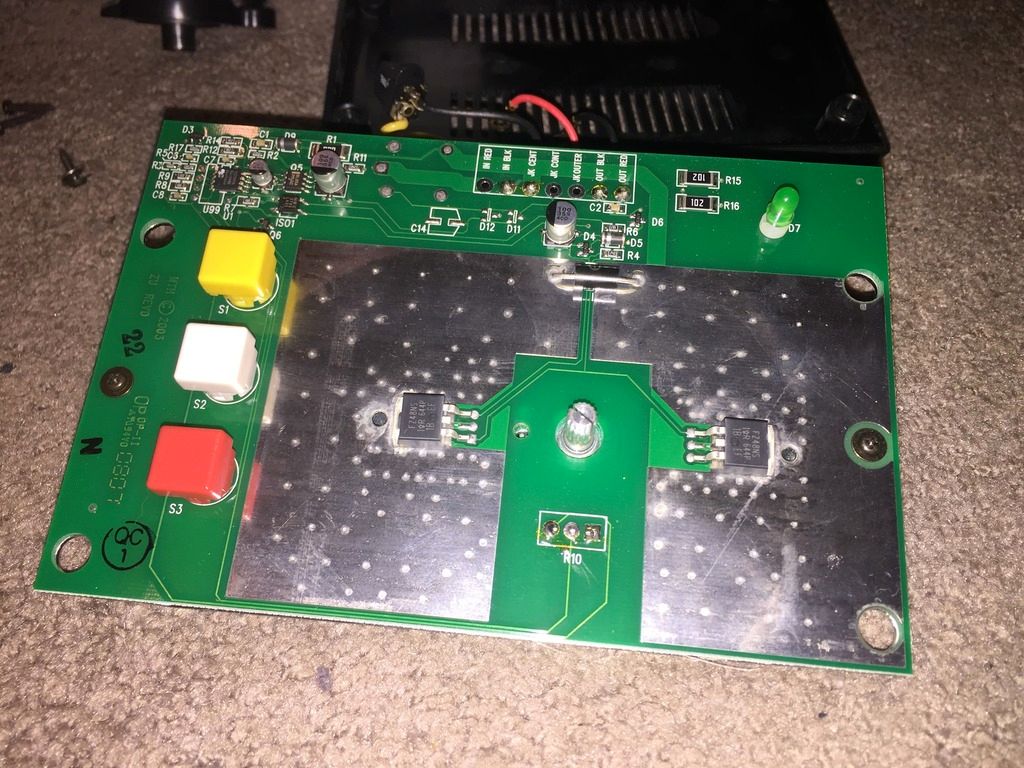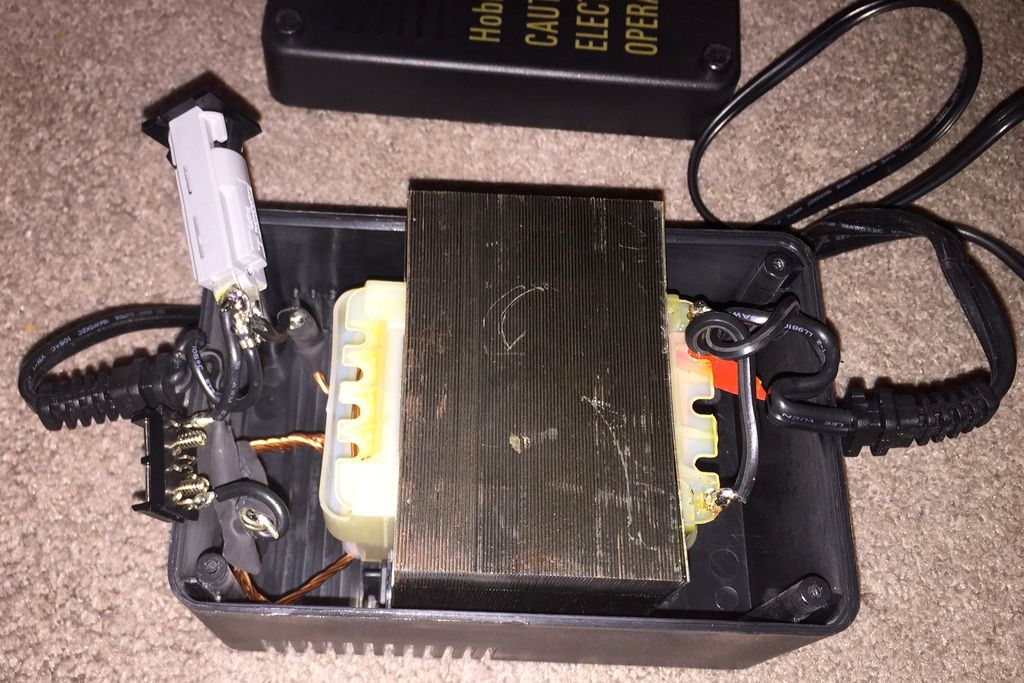PCRR/Dave posted:
If you have the newest generation of FasTrack you problem is probably the mid pin in some of your Track, you may have to take those particular pieces of FT back out of your layout and clean the pins, line them up properly and squeeze the rail tight around them. If I were you, I would start to collect some 1st or 2nd generation FasTrack at the Train shows, to help eliminate your problem completely. Also make sure your electrical connections under your FasTrack are perfect when you put your track down, and Test as you build. If you are using DCS/Legacy this is especially important.
Sounds to me like FT (Fastrack) is losing it's SUPPOSED edge in electrical continuity over RT (Realtrax). If care is used(as suggested above with FT) RT can be very reliable as well. I agree that the more power drops the better, I have run a 13x24 temporary Christmas Layout on CARPET for 6 weeks with a SINGLE power connection. Admittedly, Surprised the HECK out of me, but I have always laid the track, then added extra drops, when/where as needed.
Dave, what seems to be the big difference between the CW-80, and the Z-1000, other than a NOMINAL 20 watts?, I find that the CW-80 has a much lower minimum (near ZERO) starting voltage, which for many locomotives makes the difference between SMOOOTH starts and slow speed running and jerky starts, with higher minimum speeds.
The CW-80 also offers a variable voltage accessory output, where the Z-1000 only offers a fixed voltage(10 or 14 Volt, I forget) accessory output.
The CW-80 is a self contained unit, the Z-1000 is a 2 piece power brick plus controller set, which to ME, in this power class is unnecessary and inconvenient.
The CW-80 uses a power fold back overload protection, that automatically resets when the overload is corrected, the Z-1000 uses a breaker that must be reset, again inconvenient if the brick is mounted under layout, out of sight.
The CW-80 has a Post War era look to it, that many want for their layouts, To ME, the Z-1000 looks like it came out of a cheap HO set, just MY OPINION, YMMV.
In the type of use that both the CW-80, and the Z-1000 are likely to be used, I haven't found the nominal 20 watt power difference to be a deal breaker, neither is designed, or INTENDED to run a Basement filling layout.
It IS TRUE, that the EARLY CW-80's had some issues, but those were corrected by 2006, but some people just can't seem to get over the past.
I have, and have used both the CW-80 and the Z-1000, and with more hours on the CW-80's, have had LOWER failure rates with them, than the Z-1000's, maybe not the typical experience, but it has been my experience.
I personally find that the CW-80's produced since 2006 (as verified by the date code on the bottom) to be Fine transformers, that perform Well, and in MY OPINION Better than the Z-1000. I find the CW-80 a more enjoyable transformer to use, again YMMV.
Doug






